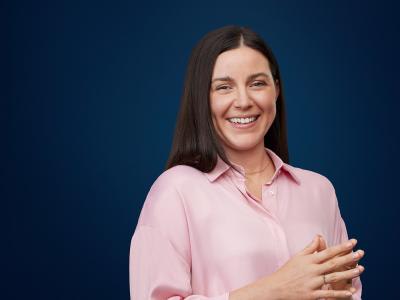Family offices manage about $4 trillion globally, according to a study conducted by Campden Wealth.
As a growing number of families sell out their founding businesses and are cash rich, the amount of wealth managed by these offices continues to increase.
The cash rich position means that family offices have new opportunities to create new strategies for wealth preservation, asset management and philanthropic activities.
Pre-Covid-19
UBS conducted a survey on 121 of their family office clients in 2020, to learn about their 2019 investment profile.
They learned that 35% was invested alternatively across hedge funds, private equity and other alternative vehicles. Additional findings were that that global equities made up almost 29% of an average family office investment portfolio. Fixed income, cash and commodities took up the remaining allocation.
However, before the global pandemic, family offices were already shifting their strategies. With investors in the asset management space demanding lower fees with sub-optimum performance, family offices began developing their investment infrastructure to incorporate professional investment firms allowing greater control of their money. This has evolved to allow family offices to take ownership of their own investment decisions, particularly on which assets should be bought or sold.
There are three different types of family office structures – a single-family office, a multi-family office, or a virtual office. One uniting feature across all three structures is that the family makes the decisions on the direction of investments and on the risk profile.
In a mature family office, the objectives are usually made by the family and cascaded down to any internal risk management committee. A multi-family or virtual office might outsource these activities to a custodian or to an investment firm.
The management of several internal and external risks are undertaken by the risk management oversight committee, whilst also managing the mandate of investment returns for the family. There are various risk components, with a number of sub-components, which should be overseen by this committee.
There are seven risk components:

A primary aim of the committee is to determine how to manage, maintain and measure these risks.
There were many lessons learned by family offices about risk management from the recession of 2007 – 2009. These learnings resulted in protocols being introduced to circumvent making the same mistakes of the financial crisis. Those risks, however, became a realistic concern for family offices as economies moved toward a recession in February 2020.
Although there has been an increase in the number of family offices recently, many do not have the experience of how to create the right risk infrastructure which is needed to provide the framework from which to guide and meet the investment objectives.
Financial markets and associated investment risks
Governments around the world implemented lockdowns to stop the spread of the virus, pausing trade while rallying to support businesses and people from the impact. Still, it caused significant gyrations to equity markets and rising geopolitical risks. As such, these factors have created challenges for family offices looking to make investments in either public or private equities.
Over 35% of investments are allocated in alternatives, according to the 2019 investment profile from the UBS 2020 survey. While interest rates have remained low and there is volatility in the equity markets, this will increase the inflow of capital into this sector.
The private equity market is sitting on a lot of dry powder due to the slowing of M&A activity. Changing consumer behaviour and customer dynamics, as well as an ever-changing business culture are presenting some risks, which managers will need to navigate as they look for their next portfolio company.
Invested markets are proving to be the source of multiple challenges for managers seeking to provide a return on investment for investors, causing hedge funds to struggle. For family offices aiming to generate yields, there will be some risks and challenges with high fee structures in addition to lock-up periods.
Family offices may be in a tricky position to invest in current market dislocations from the liquidity commitments of various fund managers. The risk oversight committee of a family office should weigh up the seven risks to consider if investments with an outside manager would make sense.
Direct investing and associated investment risks
Long before the coronavirus proliferated, direct investing by family offices was becoming more popular. Investing in middle market businesses were well aligned with the family’s values and investment objectives. There are, however, various risks associated with making direct investments. This is largely due to the risk of being “all in” or “putting all your eggs in one basket.”
In addition, there could be limitations for companies with common ownership when applying for any coronavirus relief or financial support government initiatives. As companies look to pay their staff and maintain payment of overheads, this can create a substantial cash flow issue.
Customer facing businesses or those which require physical premises are and will struggle with this virtual environment, and with consumer behaviour changing from the pandemic, this is something that looks set to continue. Companies that have resisted investing in their technology and innovation will increasingly be challenged as they endeavour to operate in this virtual world. Family offices looking to remediate these issues may be at risk if the operating company is not able to sustain their business operations during prolonged periods of lockdowns or uncertainty.
The takeaway
Top of mind of every risk management committee will be the importance of diversification of a family offices investment risk profile. It has already been evidenced that direct investing and financial markets are not immune to the devastating effects of the global pandemic.
Family offices should be prepared for the long term while ensuring the family’s investment mandate is met while the world addresses suppressing the spread of the virus and waits for the roll out of the vaccine to take effect.







